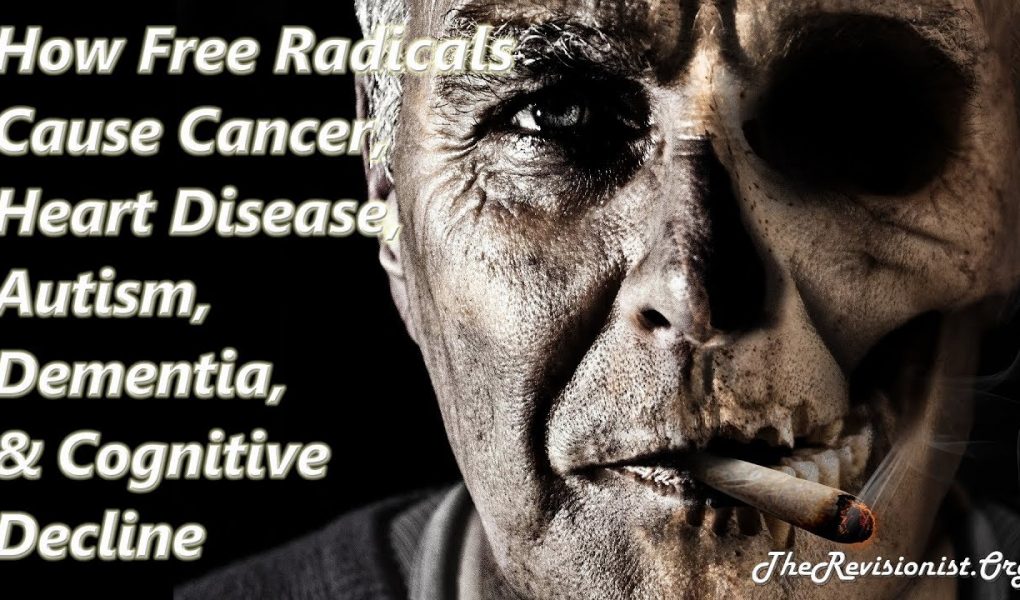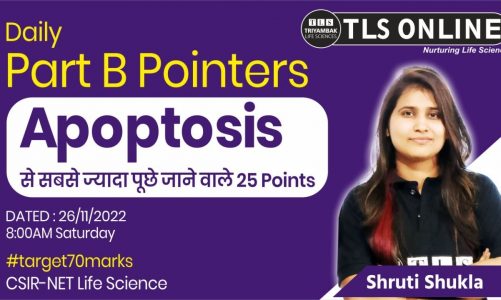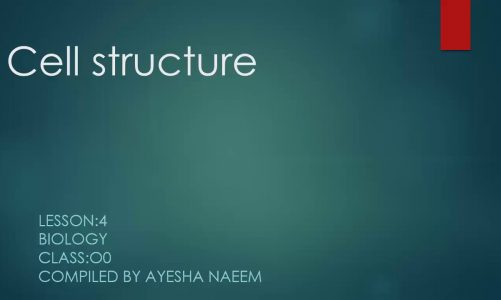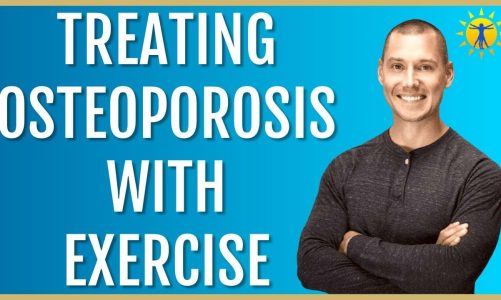In this video, I cover what are free radicals, oxygen radicals, and sources of oxygen radicals. I also cover how free radicals are related to mitochondria, monoamine oxidase (MAO), dna damage, lipid peroxidation and cadiovascular disease, and finally how free radicals affect cognitive function. NAC Supplement: http://amzn.to/2xZMYHJ | Article: https://therevisionist.org/reviews/how-free-radicals-destroy-the-brain-how-glutathione-can-help/
Playlist ➝https://www.youtube.com/playlist?list=PLOK2VRNQNad8Jsbxla22GNDps10tlhXeV
High Quality Web Hosting ➝ https://www.siteground.com/go/biohacking
My Bio Hacking Subreddit ➝ https://www.reddit.com/r/Bio_Hacking/
My Bio Hacking Articles ➝ https://therevisionist.org/bio-hacking/
My Bio Hacking Newsletter ➝ http://eepurl.com/cw1X81
— Follow me ┴┬┴┤( ͡° ͜ʖ├┬┴┬
✪ Facebook: https://www.facebook.com/profile.php?id=100010037778391
✪ Twitter: https://twitter.com/raqib_zaman
✪ Google+: https://plus.google.com/+RaqibZaman
—
What is a free radical?
In chemistry, a radical (more precisely, a free radical) is an atom, molecule, or ion that has an unpaired valence electron. With some exceptions, these unpaired electrons make free radicals highly chemically reactive towards other substances, or even towards themselves.
What is Reactive Oxygen Species (ROS)?
ROS are chemically reactive chemical species containing oxygen. Examples include peroxides, superoxide, hydroxyl radical, and singlet oxygen.
In a biological context, ROS are formed as a natural byproduct of the normal metabolism of oxygen and have important roles in cell signaling and homeostasis. However, during times of environmental stress (e.g., UV or heat exposure), ROS levels can increase dramatically. This may result in significant damage to cell structures. Cumulatively, this is known as oxidative stress. ROS are also generated by exogenous sources such as ionizing radiation.
How are Free Radicals Related to Aging?
The free radical theory of aging (FRTA) states that organisms age because cells accumulate free radical damage over time. For most biological structures, free radical damage is closely associated with oxidative damage. Antioxidants are reducing agents, and limit oxidative damage to biological structures by passivating them from free radicals.
Strictly speaking, the free radical theory is only concerned with free radicals such as superoxide ( O2− ), but it has since been expanded to encompass oxidative damage from other reactive oxygen species such as hydrogen peroxide (H2O2), or peroxynitrite (OONO−).
What is Glutathione?
Glutathione (GSH) is an important antioxidant in plants, animals, fungi, and some bacteria and archaea. Glutathione is capable of preventing damage to important cellular components caused by reactive oxygen species such as free radicals, peroxides, lipid peroxides, and heavy metals.
Glutathione reduces disulfide bonds formed within cytoplasmic proteins to cysteines by serving as an electron donor. In the process, glutathione is converted to its oxidized form, glutathione disulfide (GSSG), also called L-(–)-glutathione.
Once oxidized, glutathione can be reduced back by glutathione reductase, using NADPH as an electron donor. The ratio of reduced glutathione to oxidized glutathione within cells is often used as a measure of cellular oxidative stress.
The Antioxidant Role of Glutathione and N-Acetyl-Cysteine Supplements and Exercise-Induced Oxidative Stress
An increase in exercise intensity is one of the many ways in which oxidative stress and free radical production has been shown to increase inside our cells. Effective regulation of the cellular balance between oxidation and antioxidation is important when considering cellular function and DNA integrity as well as the signal transduction of gene expression. Many pathological states, such as cancer, Parkinson’s disease, and Alzheimer’s disease have been shown to be related to the redox state of cells.
Glutathione and N-acetyl-cysteine (NAC) are antioxidants which are quite popular for their ability to minimize oxidative stress and the downstream negative effects thought to be associated with oxidative stress. Glutathione is largely known to minimize the lipid peroxidation of cellular membranes and other such targets that is known to occur with oxidative stress. N-acetyl-cysteine is a by-product of glutathione and is popular due to its cysteine residues and the role it has on glutathione maintenance and metabolism.
Article: https://www.ncbi.nlm.nih.gov/pmc/articles/PMC2129149/
source



